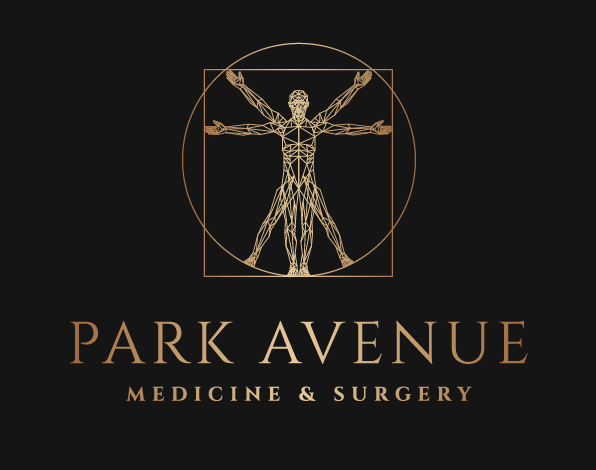Stem Cell Transplant for Hair Restoration
Androgenic alopecia, commonly referred to as pattern baldness, is the most common form of permanent hair loss in men and women. According to the American Hair Loss Association, roughly 60% of men notice some degree of thinning before the age of 35, and 85% of men have a significant level of hair loss by the time they are at the age of 50. Of those affected by androgenic alopecia, 40% are women – most of whom have already experienced menopause. Despite being concomitant to the aging process, androgenic alopecia often has a negative impact on one's self-esteem. Because we usually associate voluminous hair with youth, attractiveness, and healthiness, it’s unsurprising to notice depression and anxiety in balding individuals.
The ubiquitous nature and the emotional effects of androgenic alopecia demonstrates the exigency for hair loss treatments. In 2018, the Hair Loss Treatment Manufacturing Industry made 4 billion dollars in revenue and grew by 4.3%. Currently, the most common treatments for androgenic alopecia are minoxidil, finasteride, and hair transplants. Minoxidil and finasteride are both FDA-approved drugs that minimize the levels of Dihydrotestosterone (DHT) produced in the scalp. DHT is a chemical derivative of testosterone produced during androgen metabolism that is heavily linked to hair loss in men and women. Although helpful in slowing down hair loss, the results diminish once one stops taking the drugs. Therefore, minoxidil and finasteride are not long-term solutions in treating androgenic alopecia.
Hair transplantation is a surgical technique that involves removing hair follicles from a region of the scalp and transplanting them to the balding areas of the scalp. After many months, the transplanted hair would eventually grow back. Although this solution is a long-term solution to treating androgenic alopecia, an individual is limited by the amount of hair they have left. Also, depending on the surgeon and the quality of the procedure, the results can sometimes look unnatural.
However, using regenerative medicine as an approach seems to provide an answer to the drawbacks that arose using the previous methods. The idea behind stem cell therapy involves renewing ones dead hair follicles and adding growth factors to promote hair regrowth. Stem cells possess the potential to develop into many types of cells in the body. Such cells are responsible for creating new cells such as erythrocytes, cardiomyocytes, and neurons. However, in cases such as hair follicles, our body may not always replace them. Certain stem cells have the unique ability to revive old/damaged cells in the body. Exploiting this feature, scientists were able to develop a procedure similar to a regular hair transplant, but instead of transplanting individual follicles, stem cells are transplanted. It begins by taking a donor region with the hair follicles, reproducing them, and then implanting them back in the balding regions.
Researchers have been experimenting with methods to culture hair follicles for many years. Hair follicles are developed from unipotent epithelial stem cells and multipotent mesenchymal stem cells. By replicating this process in-vitro, these researchers were able to grow new hair follicles. However the yield wasn’t high enough to be able to restore a patient's full head of hair. Japanese researchers were able to improve upon this method by introducing an oxygen-permeable-mini-chip to dramatically increase the yield in harvesting follicles. This chip is a small polymer than has wells in it. The follicles in these wells are covered with a collagen mesh layer and then transplanted into the balding regions of the scalp. When transplanted into the skin of immunodeficient mice, regrowth was observed in only 18 days. An obstacle was that the mice had to be immunodeficient in order for this to work because their bodies would otherwise recognize the stem cells as foreign invaders and attack them. Doing this to a human would have been unwise because it would increase the likelihood of developing an infection. However, by harvesting stem cells from the patient themselves, this would no longer be an issue.
The results seem promising and we already possess the technology necessary to carry out this procedure. Scientists are still working out the smaller details but say that treatments should be ready by 2020. Estimates for this procedure range from 3,000 to 10,000 dollars depending on the patients level of hair loss. If successful, this can change the current state of the hair restoration market and the way people view modern medicinal techniques.
References:
https://www.chicagohairinstitute.com/blog/2018/06/29/hair-loss-statistics-191787
https://www.everydayhealth.com/skin-and-beauty/psychological-effects-of-hair-loss.aspx
https://www.gminsights.com/industry-analysis/hair-transplant-market
https://ghr.nlm.nih.gov/condition/androgenetic-alopecia#statistics
https://bioinformant.com/stem-cell-treatment-for-hair-loss/#grow
https://www.ncbi.nlm.nih.gov/pmc/articles/PMC3496047/
https://medicalxpress.com/news/2018-02-baldly-japan-scientists-regrow-hair.html



